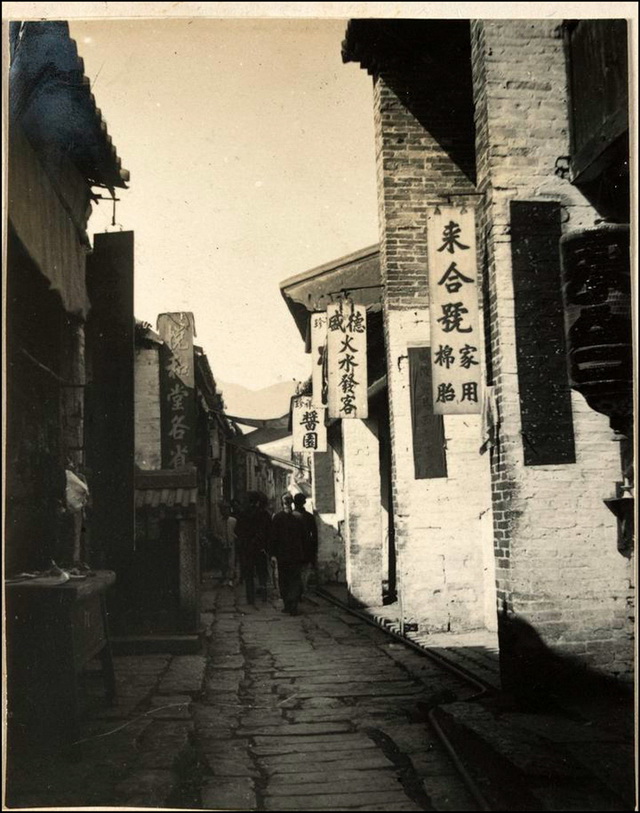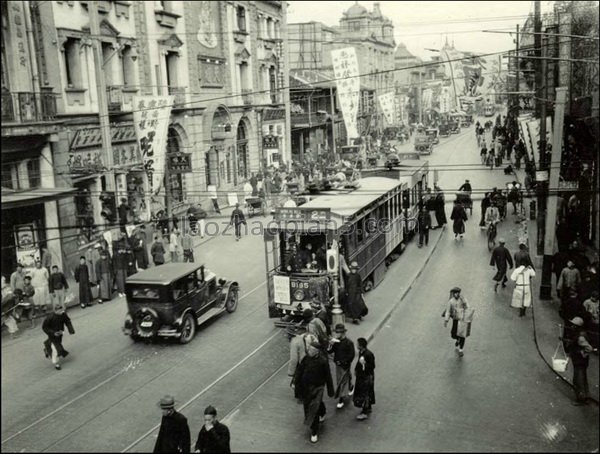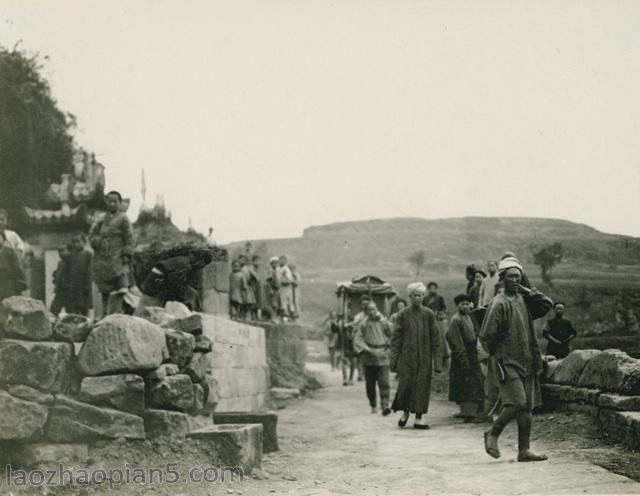[Yu Zhiding Li Tunan Listening to Songs Image Volume]
Li Tunan Listening to Songs Image Volume, in the 36th year of the reign of Emperor Kangxi of the Qing Dynasty (1697), Yu Zhiding and Wang Hui painted together, paper version, color setting, 30.8 cm vertically and 133.3 cm horizontally
The portrait of Li Tunan is painted, and the title of Wang Huili is “Listening to Song”. The next seal is “plough smoke and disperse people”. The signature of the payment: “A portrait of the tripod of Yu in Guangling.” The lower seal is “the tripod of Yu” and “Shenzhai”. At the end of the paragraph, it was said: “The year old Ding Chou Xiao Chun went up to Huan to set the scene for Mr. Jian An. The smoke was scattered by Wang Hui.” The two seals were “Shi Guzi” and “Wang Hui’s seal”. In the lower left corner, there is a seal of Yu Zhiding, which reads “Every beauty is also true”. There are “Yishoutang Seal”, “Zhizhai”, “Fanyang Guo’s Collection of Calligraphy and Painting” and other collection seals on the front and back of the seal
The figure in the picture is written by Yu Zhiding, and the landscape is painted by Wang Hui. The landscape is elegant, the jade tree faces the wind, and the lake and mountain are remote. Li Tunan sits on the stone under the tree, looking calm and serene. According to the title of Wang Hui on the picture, this picture was created in the 36th year of Kangxi (1697). The person in the picture is handsome and young. Yu Zhiding was 50 years old when he created this portrait, which was the peak of his creation. This figure is mainly represented by line drawing, only slightly baked and dyed with extremely light color on the face of the figure, and the clothing pattern is smooth with pen, which better shows the texture of silk. Wang Hui painted the landscape with beautiful brush and ink, and bowed to each other, which not only highlighted the elegant scenery of the landscape, but also showed the literati characteristics of the characters expressing their feelings for the landscape. The characters in the picture match with Wang Hui’s ink and water landscape, and complement each other. The paintings of the two masters are integrated into one picture, forming an artistic masterpiece of an ancient portrait.
![图片[1]-Yu Zhiding, Li Tunan, Listening to Song Image Volume-China Archive](https://chinaarchive.net/Qing dynasty/painting/s58defd0746ba6.jpg)
![《李图南听松图像》局部 图片[2]-Yu Zhiding, Li Tunan, Listening to Song Image Volume-China Archive](https://chinaarchive.net/Qing dynasty/painting/9098.jpg) 《李图南听松图像》局部
《李图南听松图像》局部





![[Qing Dynasty] British female painter—Elizabeth Keith, using woodblock prints to record China from the late Qing Dynasty to the early Republic of China—1915-China Archive](https://chinaarchive.net/wp-content/uploads/2022/11/image-191x300.png)